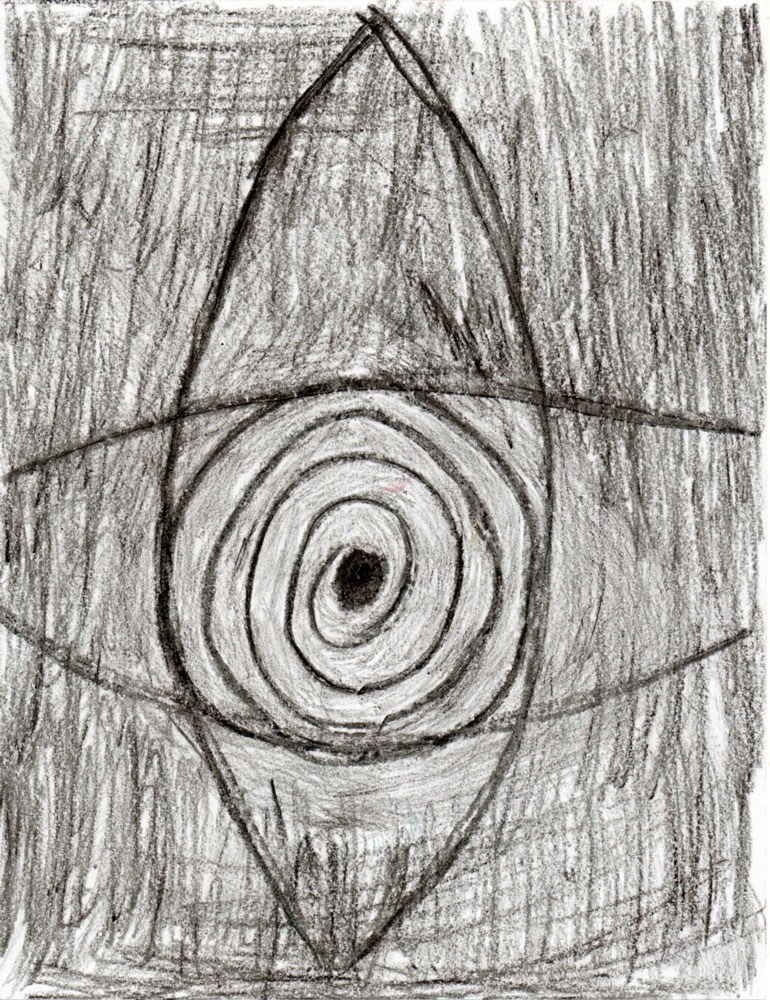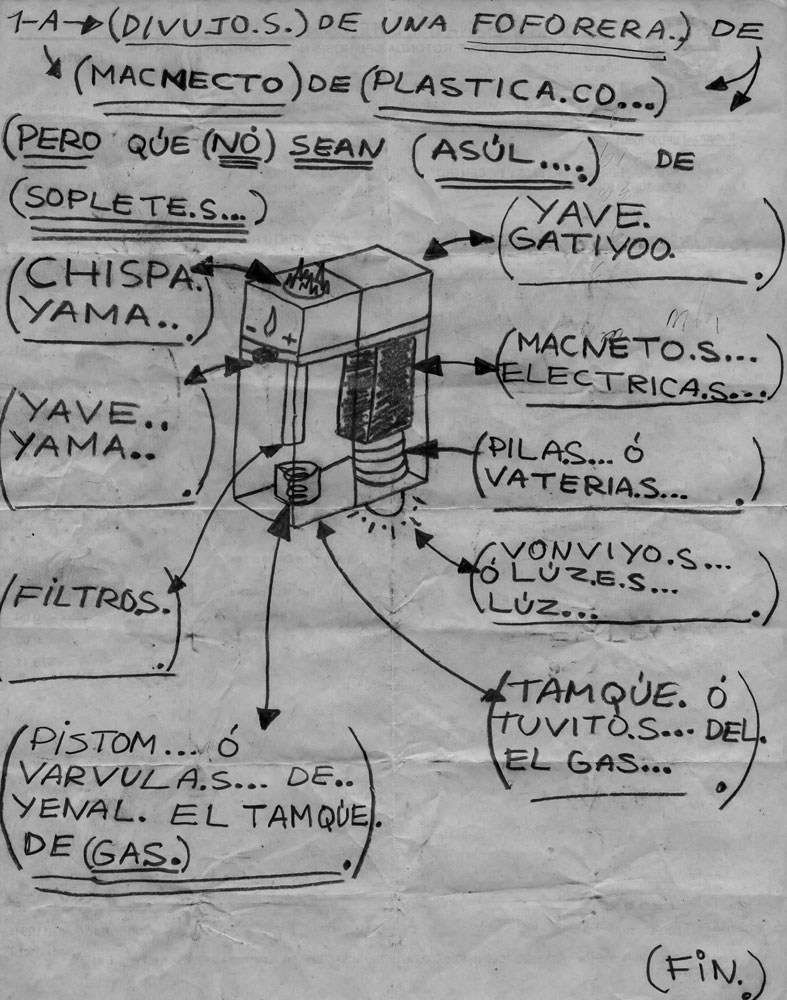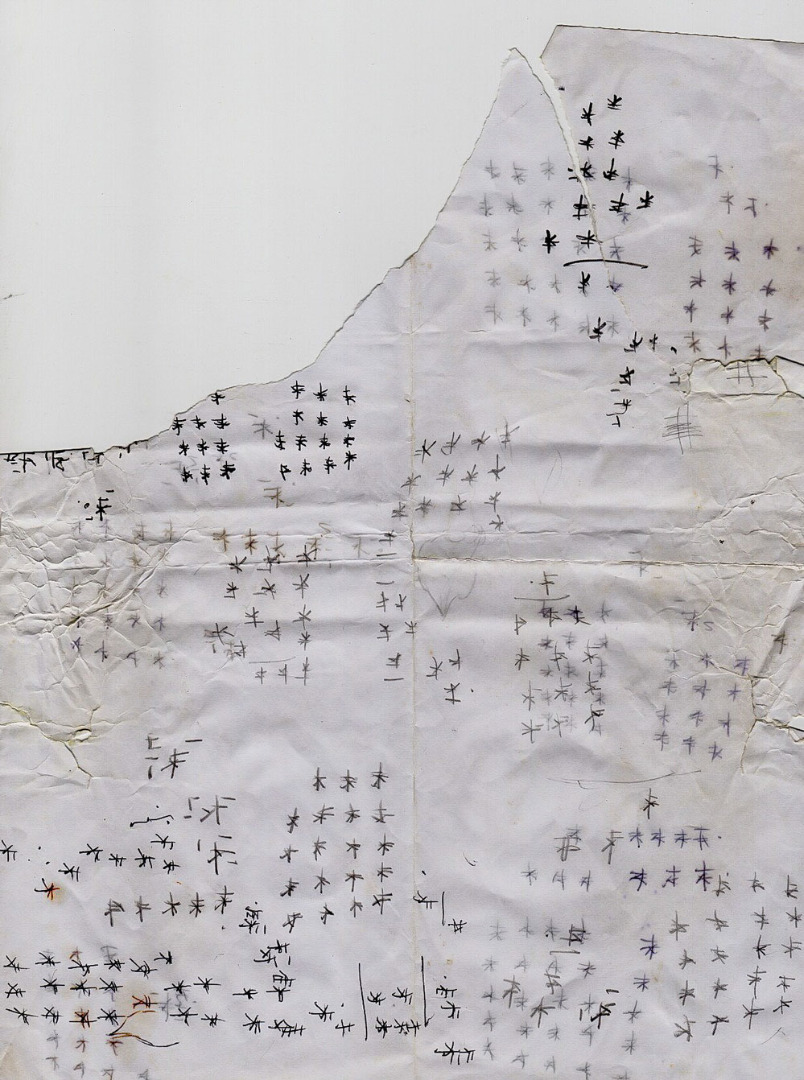riera studio NEWS
A note about art from psychiatric hospitals.
Long before Dubuffet began his important actions to give an intrinsic artistic value to the creations of individuals with mental disabilities and confined in psychiatric institutions, some psychologists and psychiatrists began to create their own collections with works produced by their patients or pieces forgotten in historical archives of these institutions and found later. Collections like Prinzhorn's are admired and used as study and research material today by both clinical and art specialists.

Undoubtedly, Art Brut has acquired a value of its own and endows its creators with that significance, in a bidirectional way, to no longer be considered simply as the "art of the madmen".
In this historical journey, psychiatric hospitals have undoubtedly modified their management in reference to the patients they host, using more and more alternative tools - such as those derived from art - to traditional and pharmacological procedures as a way to obtain valuable information about the psychic condition and evolution of each patient, as well as properly with a therapeutic value. However, in the context of our country, the great limitations and lack of economic resources in mental health institutions, the lack of personnel in the arts with the necessary sensitivity to conduct this type of actions, and the existence of archaic criteria and even political implications have spoiled the few experiences that have taken place in this area; remaining only in specific actions and with hardly any historical record. Therefore, it is a fertile field to explore in the identification of creative potentials, hitherto unnoticed and sentenced to visual silence by a still and unforgivable immature assessment of clinical specialists.

The images shown here were made by inpatients of a mental health institution in Havana. Paper sheets and lead pencils are for the patients the only materials they could use for create; as long as the clinical specialists who supervise the patients agree to give these materials from their own resources assigned for working, as there are no supplies of just papers and pencils for the patients’ use.

Una nota sobre el arte en los hospitales psiquiátricos.
Mucho antes de Dubuffet comenzar su importante accionar para dotar de un valor artístico intrínseco a las creaciones de personas con disimiles discapacidades mentales y recluidos en instituciones psiquiátricas, algunos psicólogos y psiquiatras comenzaron a conformar sus propias colecciones con obras producidas por sus pacientes u olvidadas y encontradas luego en los archivos históricos de dichas instituciones. Colecciones como la de Prinzhorn son admiradas y son utilizadas como material de estudio e investigación hoy en día tanto por especialistas clínicos como del arte. Sin dudas, el Art Brut pasó a tener un valor propio y a dotar de dicha significación, de una manera bidireccional, también a sus creadores para ya no ser más considerado como simplemente el “arte de los locos”.

En ese trayecto histórico, los hospitales psiquiátricos han modificado indudablemente su gestión en referencia a los pacientes que acogen, utilizando cada vez más herramientas alternativas - como las derivadas del arte - a los procedimientos tradicionales y farmacológicos, tanto como vía de obtener información valiosa del estado psíquico y evolución de cada paciente, así como propiamente con un valor terapéutico. Sin embargo, en el contexto de nuestro país, las grandes limitaciones y carencias de recursos económicos en las instituciones de salud mental, la carencia de personal de las artes con una sensibilidad necesaria para dirigir y sostener este tipo de acciones y la existencia aún de criterios y valoraciones arcaicos y hasta de contenido político, han malogrado las escasas experiencias que se han producido en este ámbito quedando solo en acciones puntuales y sin apenas registro histórico. Por lo que resulta un campo fértil a explorar en la identificación de potenciales creativos, hasta ahora desapercibidos y sentenciados al silencio visual por una aún e imperdonable inmadura valoración de los especialistas clínicos.
En imágenes obras de pacientes internos de una institución de salud mental de La Habana. El papel y el grafito constituyen para estos pacientes, el único recurso al cual pudieran tener acceso como material de creación; siempre y cuando los especialistas clínicos que los supervisan hubieran accedido a dárselos quitándose de sus propios recursos asignados para el trabajo.